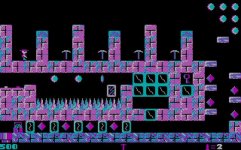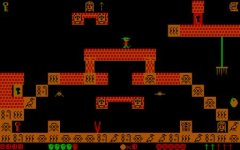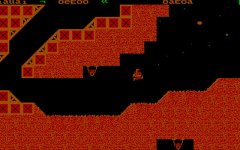Retro Canada
Experienced Member
I had to use a 20Mhz clock because 22.11Mhz was too overclocked for my slow DRAM chips...
Here is my original post. That time I used a 17.4 Mhz:
http://www.vcfed.org/forum/showthread.php?60803-I-overclocked-my-IBM-5150&highlight=PC+SPRINT
But now it shows 1.5x the PC-XT speed.



